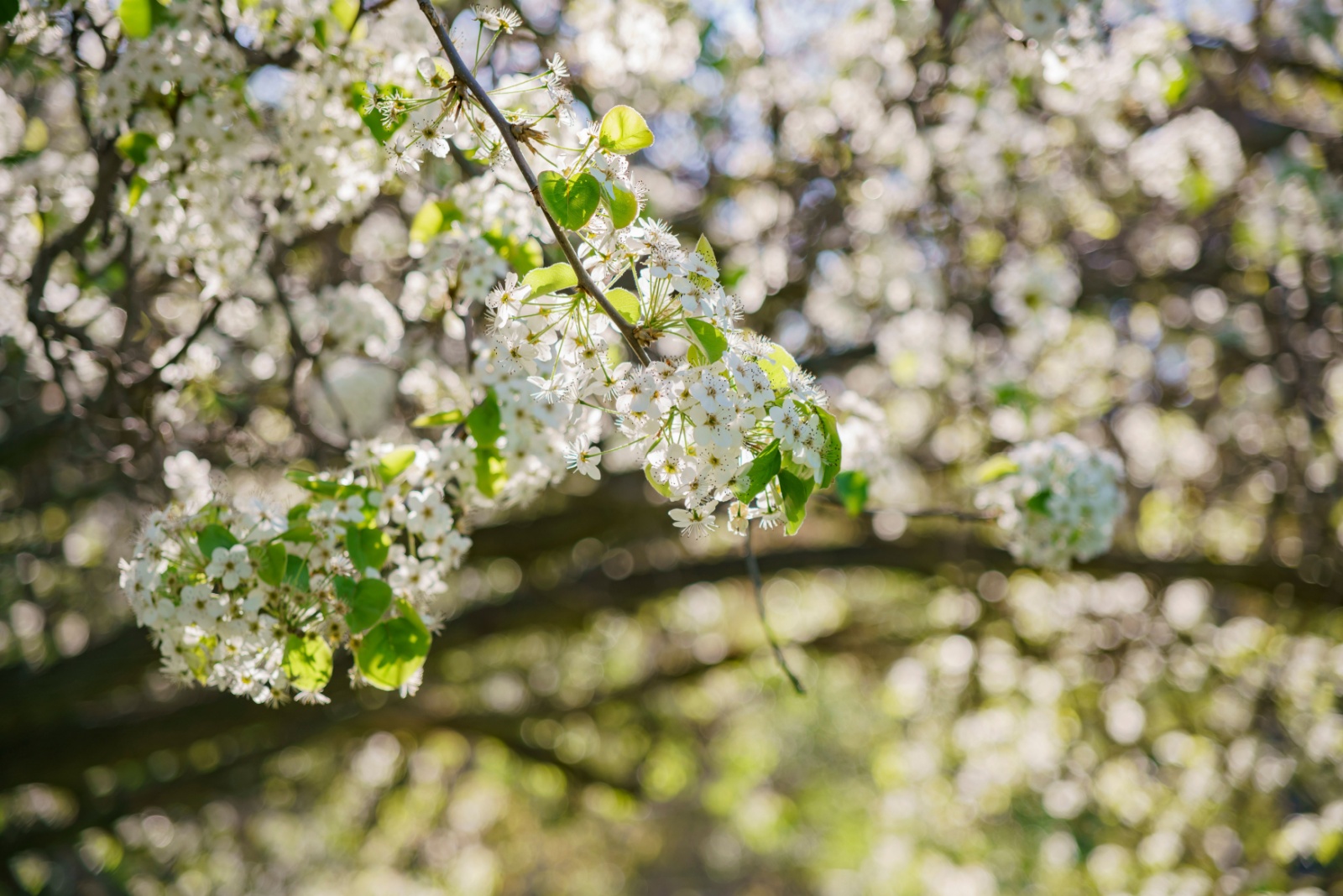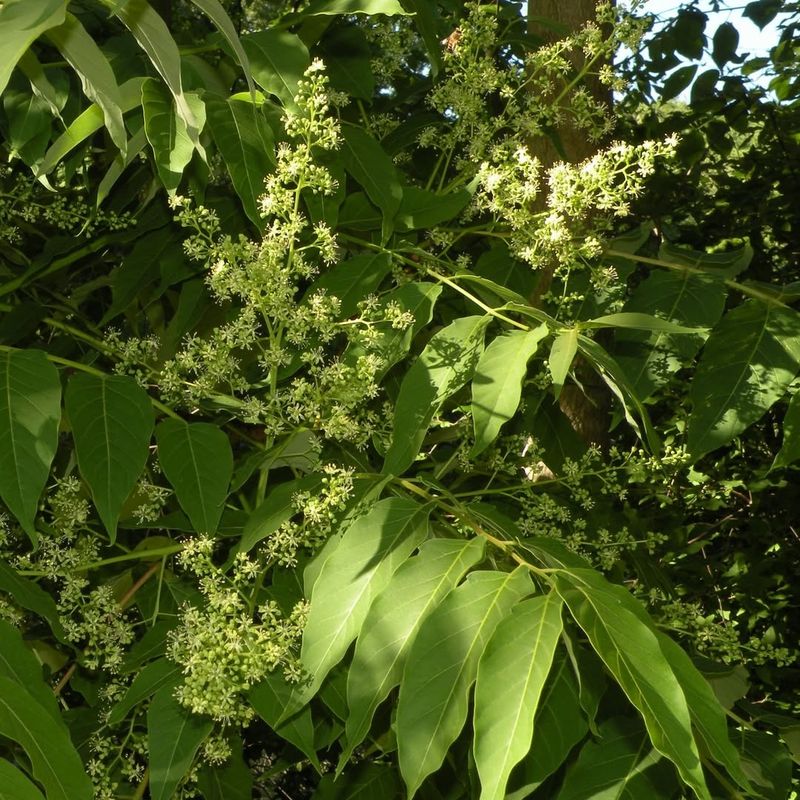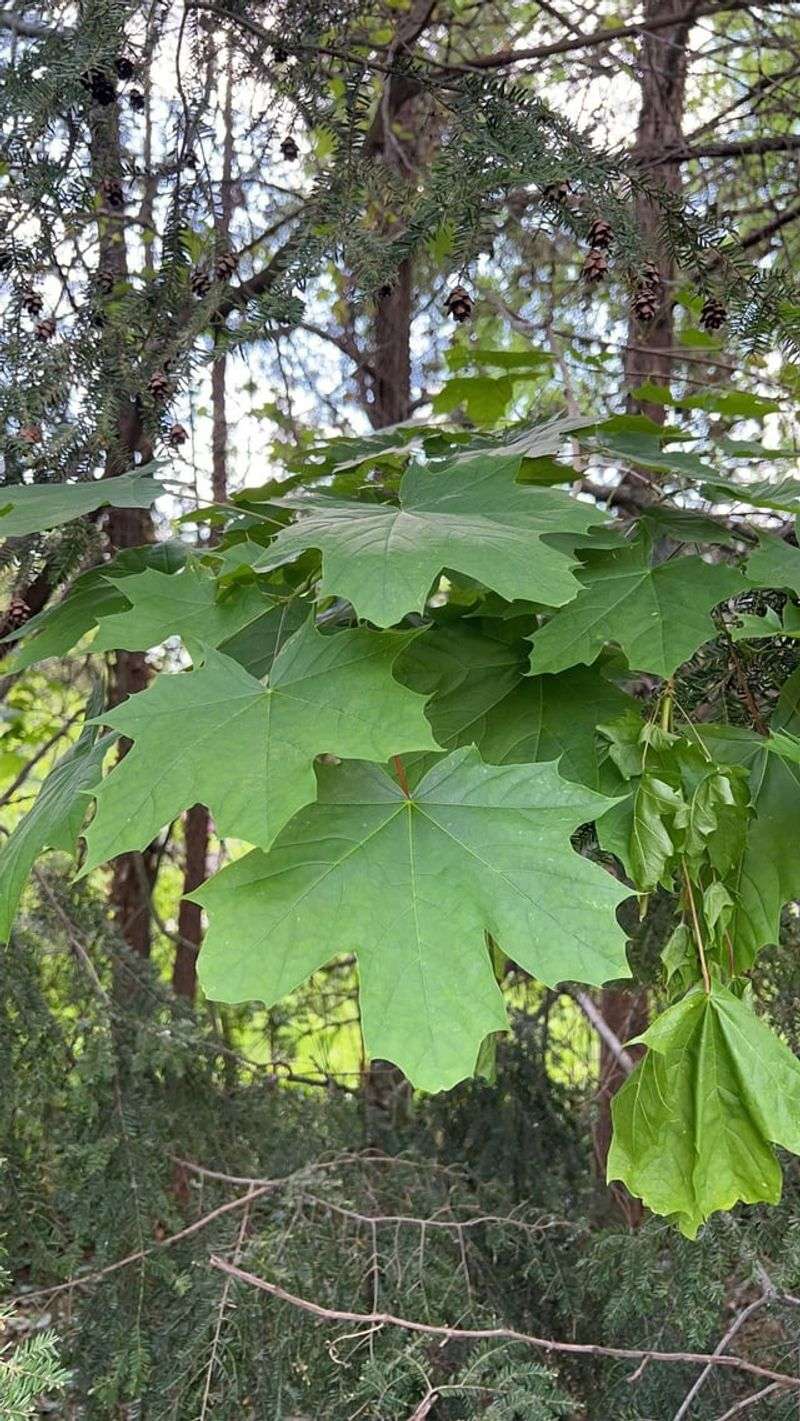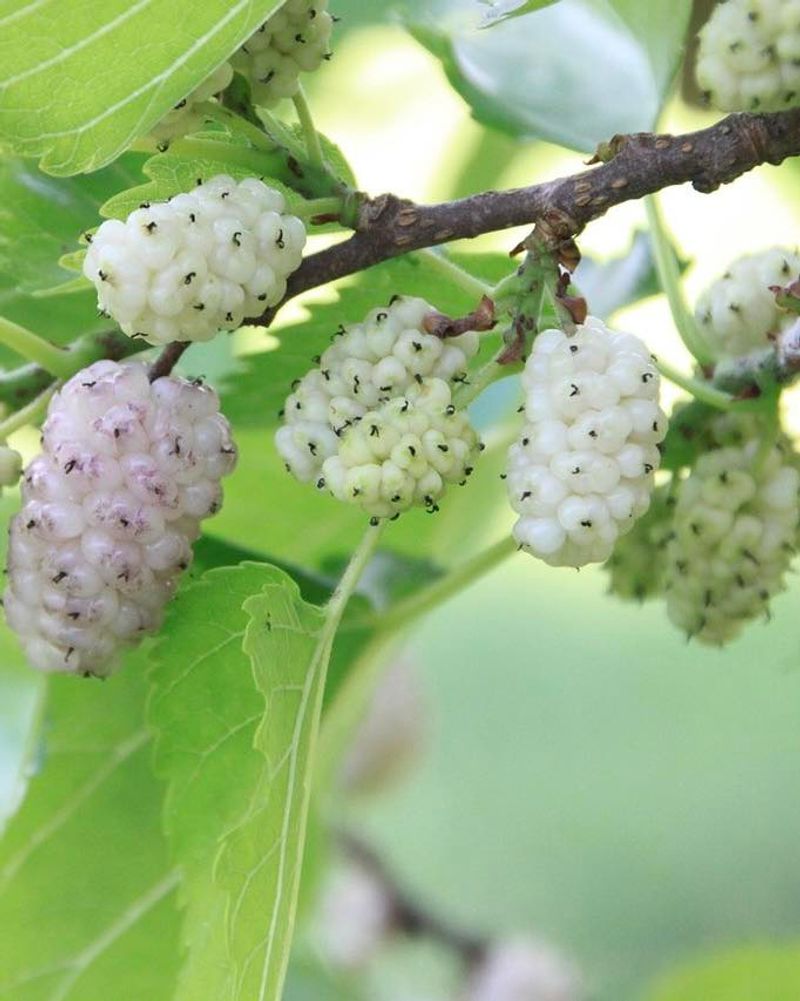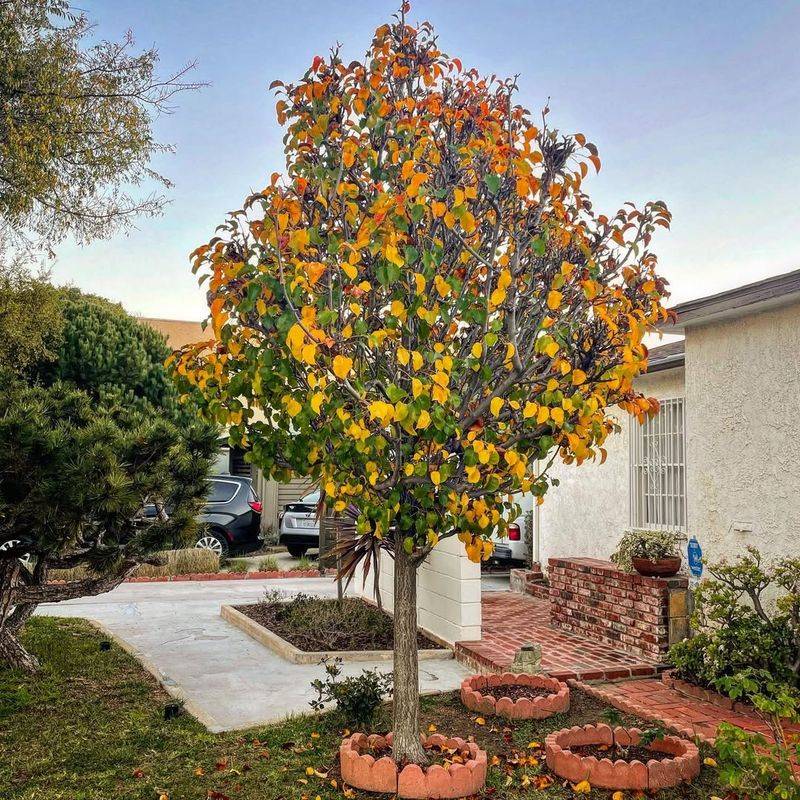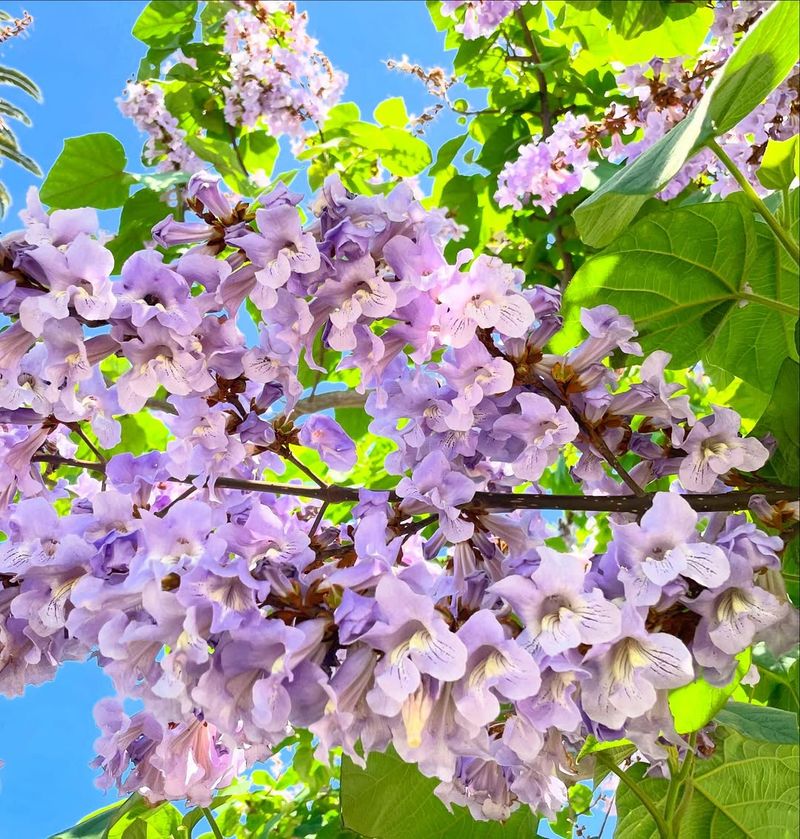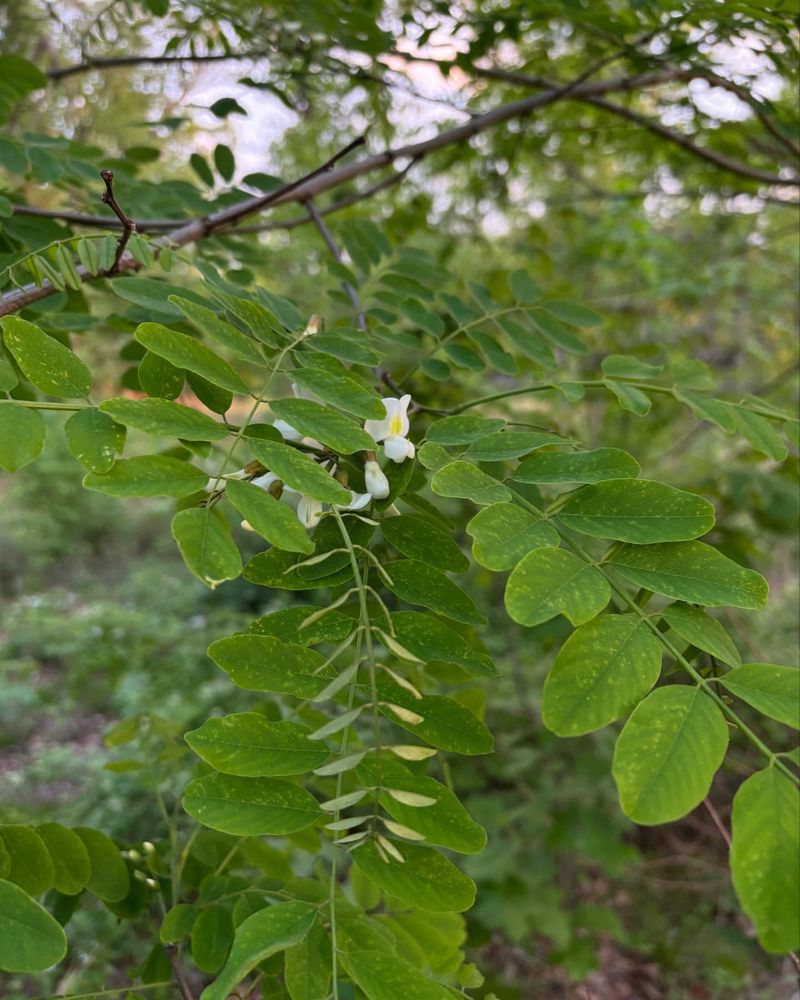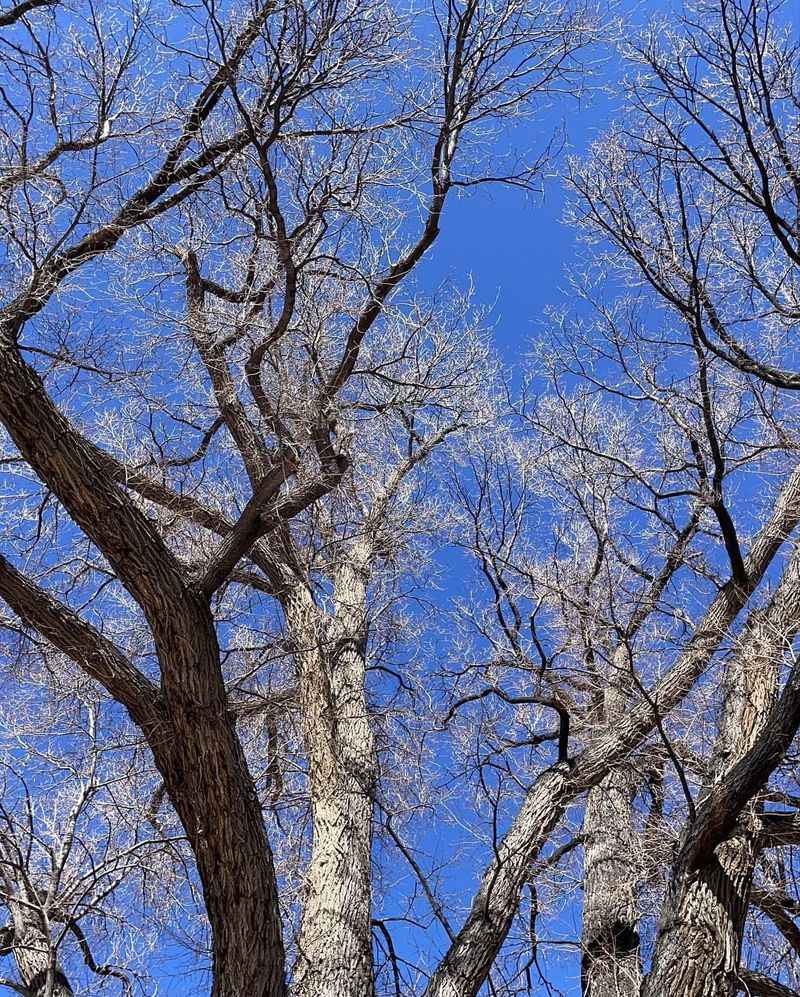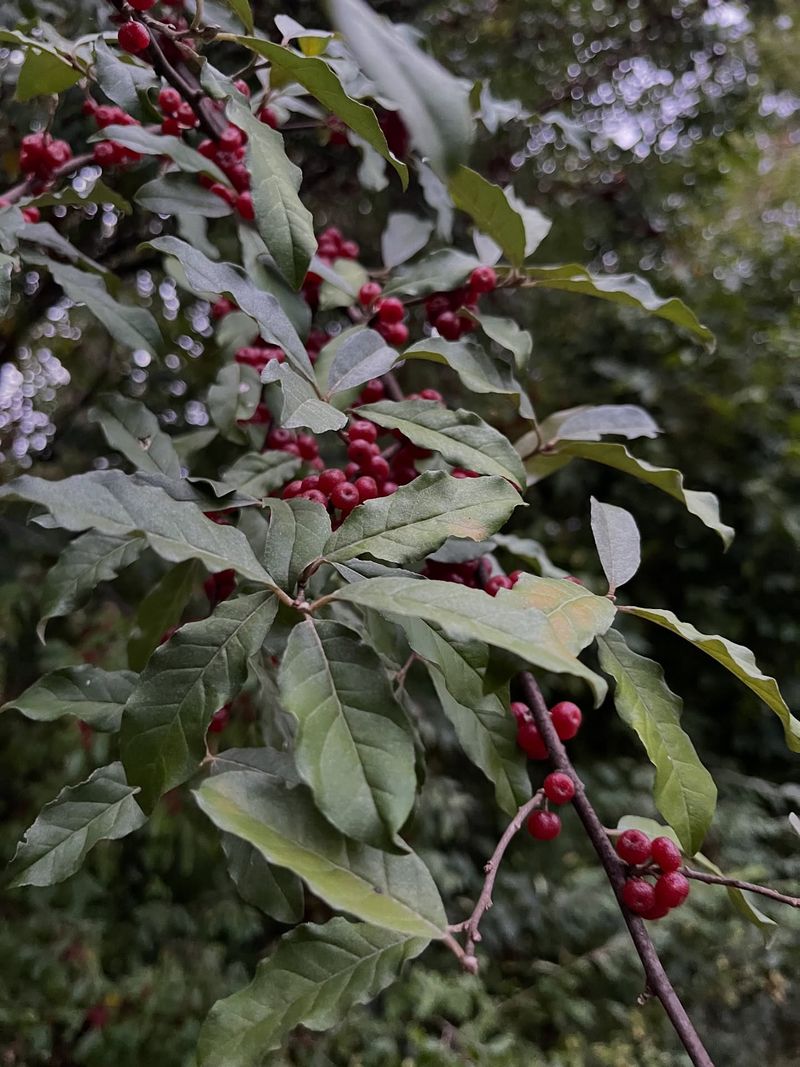Pennsylvania property owners need to stay alert when it comes to certain invasive tree species growing on their land. State and local regulations require homeowners to manage or remove specific trees that threaten native ecosystems and neighboring properties.
Ignoring these requirements can lead to hefty fines and legal trouble, so knowing which trees fall under these rules is essential for every landowner.
1. Tree Of Heaven
Originally brought from China as an ornamental plant, this fast-growing invader now threatens Pennsylvania’s native forests and urban areas. Its aggressive root system damages sidewalks, foundations, and sewer lines, making it a costly problem for homeowners.
Property owners across Pennsylvania must remove this species when identified by local authorities. The tree spreads rapidly through root suckers and seeds, creating dense thickets that choke out native vegetation and reduce biodiversity in affected areas.
2. Norway Maple
Dense shade from this European import prevents sunlight from reaching the forest floor, killing native wildflowers and tree seedlings underneath. Many Pennsylvania municipalities have banned planting this species and require removal when it spreads into protected natural areas.
The shallow, aggressive roots compete intensely with native plants for water and nutrients. Homeowners who let these trees spread from their yards into parks or conservation land may face removal orders and associated fines from environmental authorities.
3. White Mulberry
Birds love the sweet berries, but that’s exactly the problem—they spread seeds everywhere, creating new invasive populations throughout Pennsylvania. This Asian species outcompetes native red mulberry trees and hybridizes with them, threatening the genetic integrity of native populations.
Local ordinances in several Pennsylvania counties mandate removal when white mulberry encroaches on public lands or protected habitats. The tree’s rapid growth and prolific seeding make it particularly problematic near nature preserves and riparian zones where native ecosystems need protection.
4. Callery Pear
Those beautiful white blossoms in spring hide a dangerous secret—sharp thorns and invasive tendencies that have earned this tree a spot on Pennsylvania’s unwanted list. Originally planted as ornamental Bradford pears, these trees have escaped cultivation and formed dense, thorny thickets in fields and forests.
Pennsylvania landowners must control or remove Callery pear populations when they spread beyond landscaped areas. The trees crowd out native species and create impenetrable barriers that reduce wildlife habitat quality and limit recreational access to natural areas.
5. Princess Tree
Stunning purple blooms might catch your eye, but this Asian import grows so aggressively that it damages Pennsylvania’s forest ecosystems and native plant communities. A single tree produces millions of tiny seeds that travel on the wind for miles, establishing new populations rapidly.
Landowners face mandatory removal requirements in many Pennsylvania townships when princess trees appear on their property near conservation areas. The species tolerates poor soil and disturbed sites, quickly colonizing roadsides, abandoned lots, and forest edges where it shades out native regeneration.
6. Black Locust
Sharp thorns and aggressive spreading make this native-turned-nuisance a real headache for Pennsylvania property owners trying to maintain open land or pastures. Though originally from the southern Appalachians, black locust has spread far beyond its natural range through human planting.
Pennsylvania regulations target black locust when it spreads uncontrollably on private land adjacent to protected habitats or agricultural areas. The tree’s root suckers form impenetrable thickets that reduce property values and create fire hazards during dry seasons.
7. Siberian Elm
Weak wood and brittle branches make this Asian import a hazard during storms, dropping limbs that damage property and injure people throughout Pennsylvania communities. The tree spreads aggressively through wind-dispersed seeds, colonizing vacant lots, roadsides, and neglected properties with remarkable speed.
Municipal codes in several Pennsylvania cities require property owners to remove Siberian elm when it poses safety risks or spreads into protected green spaces. The species outcompetes native trees and creates maintenance nightmares for homeowners dealing with constant volunteer seedlings in gardens and lawns.
8. Autumn Olive
Silvery leaves and abundant red berries might look attractive, but this shrubby tree forms dense stands that eliminate native vegetation across Pennsylvania’s countryside. Originally promoted for wildlife habitat and erosion control, autumn olive has become one of the state’s most problematic invasive woody plants.
Pennsylvania landowners must control autumn olive populations when they spread from private property into adjacent conservation lands or agricultural fields. The nitrogen-fixing roots alter soil chemistry, giving this invader an unfair advantage over native plants and permanently changing ecosystem dynamics in affected areas.

